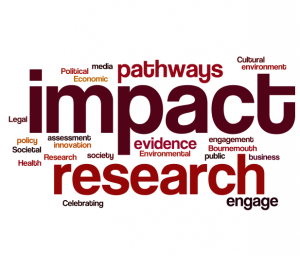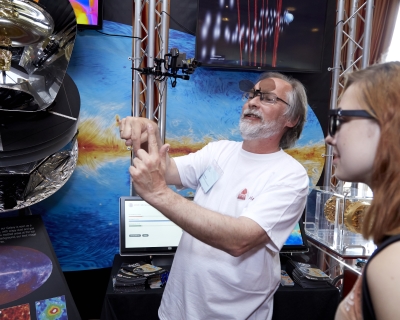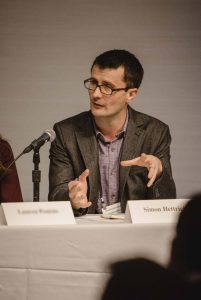Being able to describe what you do and why is an essential skill for any researcher. This workshop will help you take your communication to the next level. Science Communicator and previous international 3MT winner Dr Jamie Gallagher will show you how to turn your research into the most interesting, engaging and memorable presentation possible.
Discover the hints and tips that will make your talk stand out from the crowd and how to banish nerves to give a confident performance.
Following this workshop, you should be able to:
- Understand how to turn research into a compelling narrative
- Prepare a high quality, engaging pitch/presentation
- Feel comfortable and confident while delivering talks
- Understand the use of language, body language and visualisation in presenting
| Workshop | Date | Time | Location |
|---|---|---|---|
| Short Talk, Lasting Impression | Tuesday, 18th October 2022 | 10:00 – 11:00 | Online |
To book a place on this workshop please complete the Booking Form.
For queries regarding the content of this session, please contact BU’s Public Engagement team: publicengagement@bournemouth.ac.uk
For any other queries, please contact Organisational Development.

 Apply now
Apply now

 To help guide people through the process of creating social media stories for information and health literacy, Professor Feigenbaum designed the
To help guide people through the process of creating social media stories for information and health literacy, Professor Feigenbaum designed the 






 Apply for £500-£5,000 to fund your public engagement activity or event
Apply for £500-£5,000 to fund your public engagement activity or event










 Fourth INRC Symposium: From Clinical Applications to Neuro-Inspired Computation
Fourth INRC Symposium: From Clinical Applications to Neuro-Inspired Computation Writing policy briefs
Writing policy briefs Upholding Excellence: The Concordat to Support Research Integrity
Upholding Excellence: The Concordat to Support Research Integrity Today’s Documentation Will Serve Tomorrow’s Justice
Today’s Documentation Will Serve Tomorrow’s Justice ECR Funding Open Call: Research Culture & Community Grant – Application Deadline Friday 12 December
ECR Funding Open Call: Research Culture & Community Grant – Application Deadline Friday 12 December MSCA Postdoctoral Fellowships 2025 Call
MSCA Postdoctoral Fellowships 2025 Call ERC Advanced Grant 2025 Webinar
ERC Advanced Grant 2025 Webinar Horizon Europe Work Programme 2025 Published
Horizon Europe Work Programme 2025 Published Horizon Europe 2025 Work Programme pre-Published
Horizon Europe 2025 Work Programme pre-Published Update on UKRO services
Update on UKRO services European research project exploring use of ‘virtual twins’ to better manage metabolic associated fatty liver disease
European research project exploring use of ‘virtual twins’ to better manage metabolic associated fatty liver disease